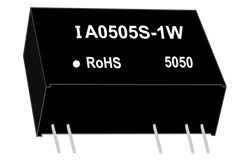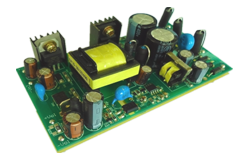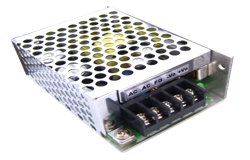About DC-DC Converter quotation
ডিচি-ডিচি কনভাৰ্টাৰ কি?
A DC-DC converter is a device that converts Direct Current (DC) from one voltage level to another. It is often used to step down high voltage levels to lower ones.
ডিচি-ডিচি কনভাৰ্টাৰ কি?
A DC-DC converter is a device that converts direct current (DC) from one voltage level to another. It is commonly used to adjust the voltage level of a power supply, or to step it up or down to meet the requirements of a particular circuit. DC-DC converters can be either linear or switching-mode types.
ডিচি-ডিচি কনভাৰ্টাৰ ব্যৱহাৰ কৰিলে কি কি লাভ হ’ব?
There are many benefits of using a DC-DC converter. Some of these benefits include:
Increased efficiency – A DC-DC converter can increase the efficiency of a system by converting a higher voltage to a lower voltage. This can reduce the amount of power that is wasted, which can save money and reduce greenhouse gas emissions.
Increased reliability – A DC-DC converter can help to improve the reliability of a system by providing a more stable voltage. This can help to prevent system failures and improve the overall performance of the system.
Increased flexibility – A DC-DC converter can help to improve the flexibility of a system by allowing it to operate over a wider range of voltages. This can make it easier to use the system in a variety of different applications.
Increased performance – A DC-DC converter can help to improve the performance of a system by providing a more stable voltage. This can help to improve the overall performance of the system.
ডিচি-ডিচি কনভাৰ্টাৰৰ বিভিন্ন ধৰণৰ কি কি?
There are many different types of DC-DC converters. The most common are switching regulators, linear regulators, and transformerless power supplies.







































